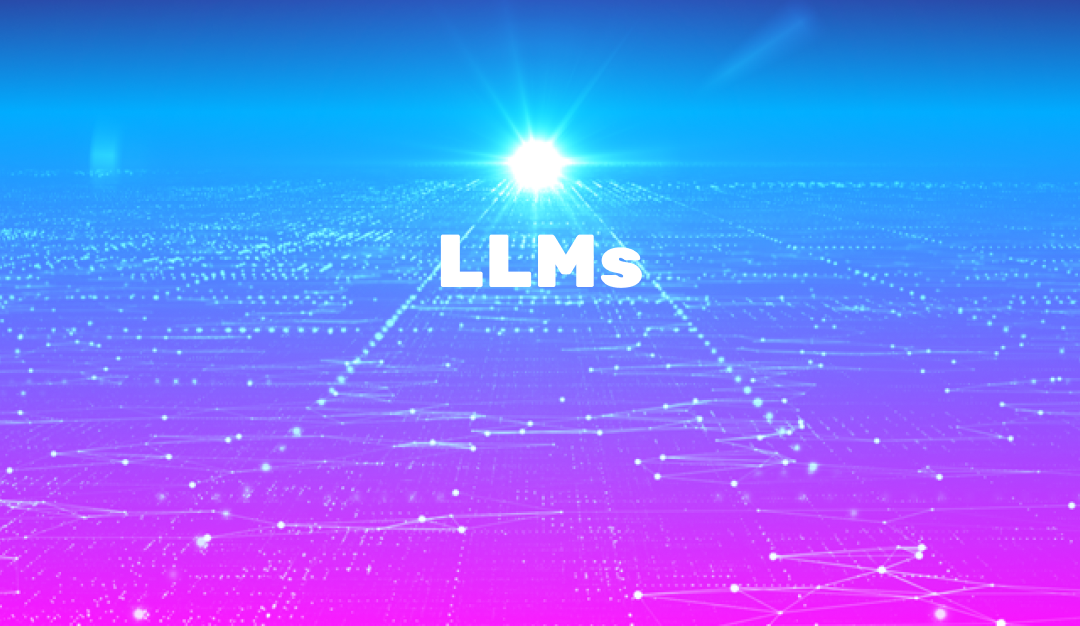April 17th, 2024
by Burhan Drak Sibai, Software Engineer at QueryPal
Technology's Dual Impact on Communication
In the tapestry of human progress, technology often threads an intricate pattern, oscillating between the dual roles of disruptor and enabler. This dynamic is particularly pronounced in the sphere of communication, where the onset of the digital revolution initially thinned the essence of human connection. As a prime example, texting often lacks the emotional depth found in face-to-face interactions, coming across as "soulless." In the workplace, digital communication feels even more mechanical, mirroring the automated nature of the machines that facilitate these exchanges. This shift has gradually removed the subtleties of tone and intent from our conversations, leading to a workplace communication environment that feels impersonal and disengaged.
Early Days
When digital communication tools first arrived, they were hailed as innovative leaps forward. However, their development was focused too narrowly on performing specific, isolated tasks (as expected). These early tools, despite their novelty, could only manage straightforward, pre-programmed interactions, which did little more than automate tasks. This focus, while promising in theory, actually began to erode the depth of human interaction.
Research from the Journal of Computer-Mediated Communication and Human Communication Research underscores the importance of nonverbal cues and empathy in communication. The lack of these elements in text-based communication strips essential context and understanding from our interactions, diminishing the richness of our communication. This shows that the initial wave of digital tools, rather than enhancing human connection, inadvertently diminished it.
The Advent of Large Language Models
This narrative demonstrates how technology, initially a disruptor that reduced the amount of context in our communications, has yet to fully become an enabler in providing the missing depth and nuances. Although digital communication has made strides in facilitating connections across distances, it is still evolving towards truly elevating the quality of these interactions by reintroducing the lost context and emotional richness.
Enter the era of Large Language Models (LLMs), marking a transformative shift in the digital communication landscape. LLMs like GPT-4 significantly depart from their predecessors, transitioning from mere tools to intelligent collaborators. These models are designed with the capability to understand, respond, and engage in ways that mirror human intellect, thereby enriching digital communication with a semblance of human touch. This evolution from static, predefined responses to dynamic, context-aware interactions signifies a significant step towards revitalizing the richness of our digital exchanges. LLMs strive to grasp our intentions and articulate our ideas precisely, injecting a dose of "soul" into our digital interactions.
Transforming the Digital Workspace
This transformation extends beyond mere technical advancement; it redefines the operational dynamics of digital workspaces. Previously, digital tools functioned in isolation, each excelling in its niche without much interoperability. The advent of LLMs has changed this, promoting a new era where these tools can work together seamlessly and enhance each other's utility across various industries.
In this vein, integrating Large Language Models (LLMs) into digital workspaces addresses one of the most palpable frustrations of modern professional life: the mechanical and time-consuming nature of routine communications. Consider the common scenario in platforms like Slack, where hours can be consumed by back-and-forth messages seeking clarifications on onboarding processes or the retrieval of documents lost in the shuffle of daily tasks. Such exchanges not only exacerbate the impersonal feel of digital communication but also underscore its inefficiency, with precious time spent navigating a maze of queries that could be resolved more intuitively.
The Future of Workplace Communication
LLMs stand poised to revolutionize this aspect of workplace communication. By understanding the context of inquiries and accessing a vast repository of organizational knowledge, these models can automate the resolution of routine questions, freeing employees from the tedium of tracking down information. More than just a convenience, this capability transforms the workplace environment by streamlining communication and allowing for a focus on more meaningful, creative tasks. The ability of LLMs to provide instant, context-aware responses to common queries exemplifies their role not just as tools but as catalysts for a more fluid, engaging, and human-centric digital workspace.
As we stand on the brink of this new era, the role of technology in communication is undergoing a profound transformation, propelled mainly by the integration of LLMs like GPT-4. These advancements promise to elevate the utility of digital tools from merely bridging physical distances to deeply enriching the connections that bind us. With platforms like QueryPal leveraging the power of LLMs, we're closer than ever to enhancing our interactions in previously unimaginable ways, fostering a digital world that's more interconnected, understanding, and humane.

